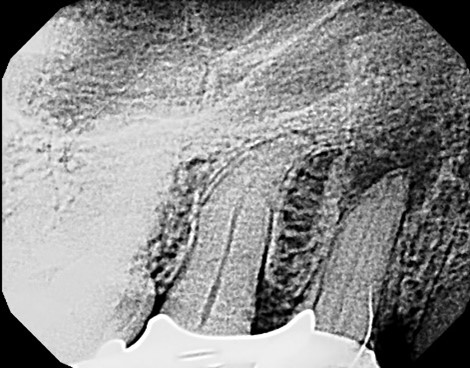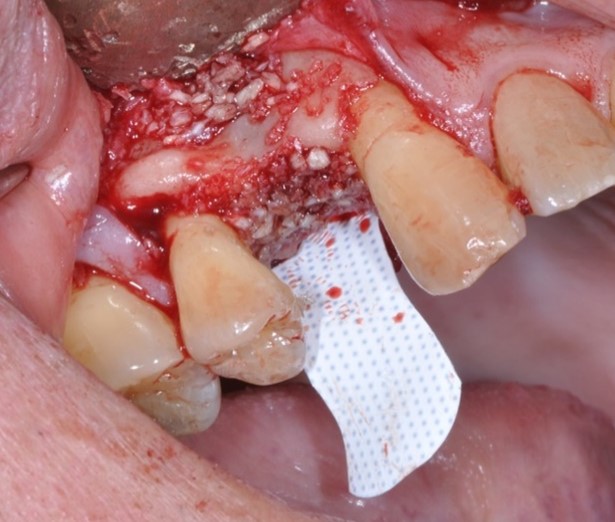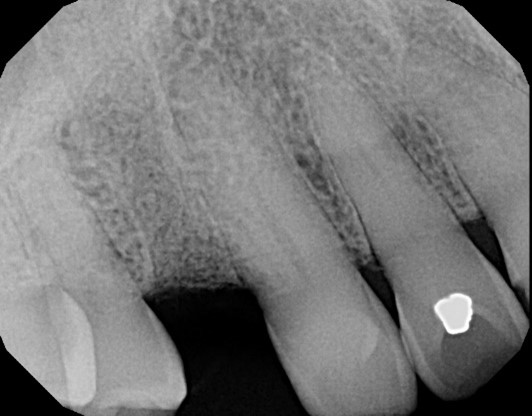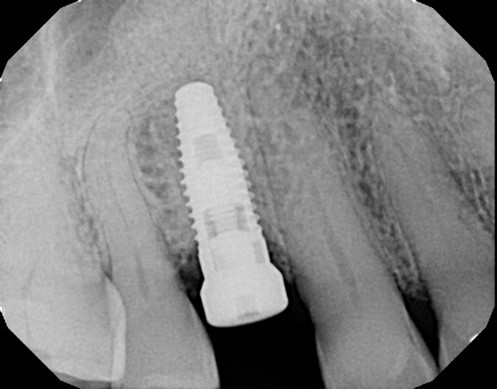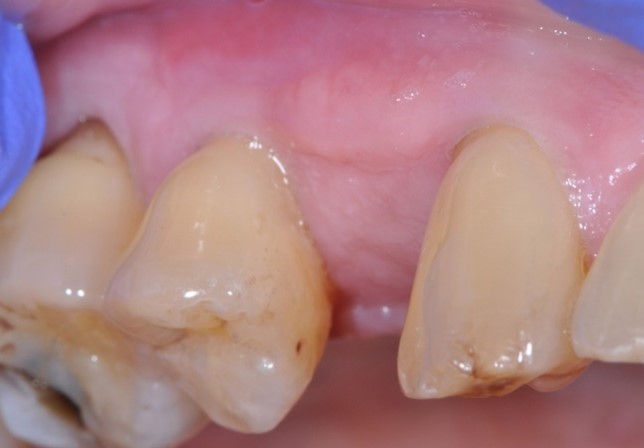
By Jeffrey Lineberry, DDS
The dental profession is a commitment to lifelong learning. After years of school and finally graduating, many dental professionals begin practicing in the “real world”, where they quickly learn that what they learned in dental school or even in residency only scratches the surface of the many challenges in dentistry. These include patient management, clinical skills and assessment, restorative materials, technology, techniques, practice management, team management, specialist communication and support, and the list goes on. Needless to say, dental professionals have to continually grow and learn as a commitment to excellent patient care and in order to be able to stay abreast of the ever-evolving field of dentistry.
As the population ages, patients are retaining their dentitions longer and many patients are missing multiple teeth and/or have a plethora of dental issues. Many of these patients have the financial means and desires to be able to eat, smile and function properly and are now presenting to offices looking for solutions to their complex dental situations.
One of the best “teachers” in dentistry is when patient and/or clinical situations arise that challenges the dental professionals’ abilities to be able to properly diagnose and manage the patient, especially ones that have more complex situations. It is at these times the dentist can choose to either refer the patient to a more experienced practitioner, or depending on the situation, to one or more specialists.
One of the key elements is that the practitioner must learn to be able to identify these situations in a timely and proper manner so that there are no adverse effects on the patient’s overall care and clinical outcomes. Ultimately, the practitioner must be able to at least identify these clinical challenges and if referring, be able to communicate effectively to the referral source. For some clinicians, they choose to further their knowledge in clinical care so that they can either participate more in their patient care directly and/or become more effective in communicating with the specialists.
When it comes to clinical dentistry, we only “see” what we “know”. In other words, when we all first began dental school, we all learned how to diagnose gum disease and what caries/decay “looked like” and after seeing these conditions multiple times and then having a more experienced clinician confirm what we were seeing, we could now confidently “see” and diagnose caries/decay and periodontal disease more effectively. Unfortunately, dental conditions that affect our patients are not as simple as having caries and periodontal disease.
Many patients have complex conditions including: systemic/medical issues, temporomandibular joint(TMJ) disease, sleep issues, airway problems, poor jaw relationship, multiple missing teeth, occlusal problems, wear, bruxism, mouth breathing, muscle pain and the list goes on.
In dental school and even in residency, dental professionals are limited to time and experiences with the patients that they see during that time period as well as to the experiences of their supporting colleagues.
As a dental practitioner, if you saw one or more of these conditions or issues with a patient, would you know how to properly diagnose and manage the patient and not just simply pass the patient on for someone else to “deal with”?
Patients with complex issues require dental professionals to be willing and able to learn more about a variety of patient conditions and how they can properly diagnose and manage the patient, including proper referral. This includes developing relationships with other dental professionals and specialists who can help manage and care for these patients who have complicated conditions.
For instance, even if a dental professional has no desire to do orthodontics on their patient population and would refer the patient for orthodontic treatment, the practitioner still needs to understand the basics of malocclusion and jaw relationship issues, so they identify the condition and refer the patient appropriately along with any concerns of the patient and/or conditions and concerns the practitioner are aware of.
Management of a patient is not simply treating that patient in and by itself and it is not just simply referring the patient out. It is the art and science of: getting to understand and know your patient’s concerns, conditions and the patient’s understanding/ownership of their condition; determining if you and your team are the right “fit” for the patient; gathering proper records; identifying the issues at hand; communicating with a team of professionals when needed(interdisciplinary care); and then determining who, where and how the patient will be best managed, whether with you or someone else, with the patient at the center of it all. Dr. L.D. Pankey referred years ago to a process that he called the cross of dentistry: Know Yourself, Know Your Work, Know Your Patient, Apply Your Knowledge.
In summary, dental professionals have to be willing to commit to learning outside of school and their offices. This involves time, commitment and willingness to learn and be influenced by others and to become a continual student throughout their career. In my FDC2024 courses titled: “Bridging The Gap”: Between What We Know and What We Do” and “Mastering the Examination and Treatment Planning of the Complex Restorative Patient”, I will be sharing 20 + years of clinical and educational experience working alongside some of the most influential educators in dentistry so participants can return to their offices and “see” patients and patient care on another level.
Dr. Lineberry will speak on this topic at the 2024 Florida Dental Convention on June 20-22 in Orlando. You can find more information on his courses at www.floridadentalconvention.com.


